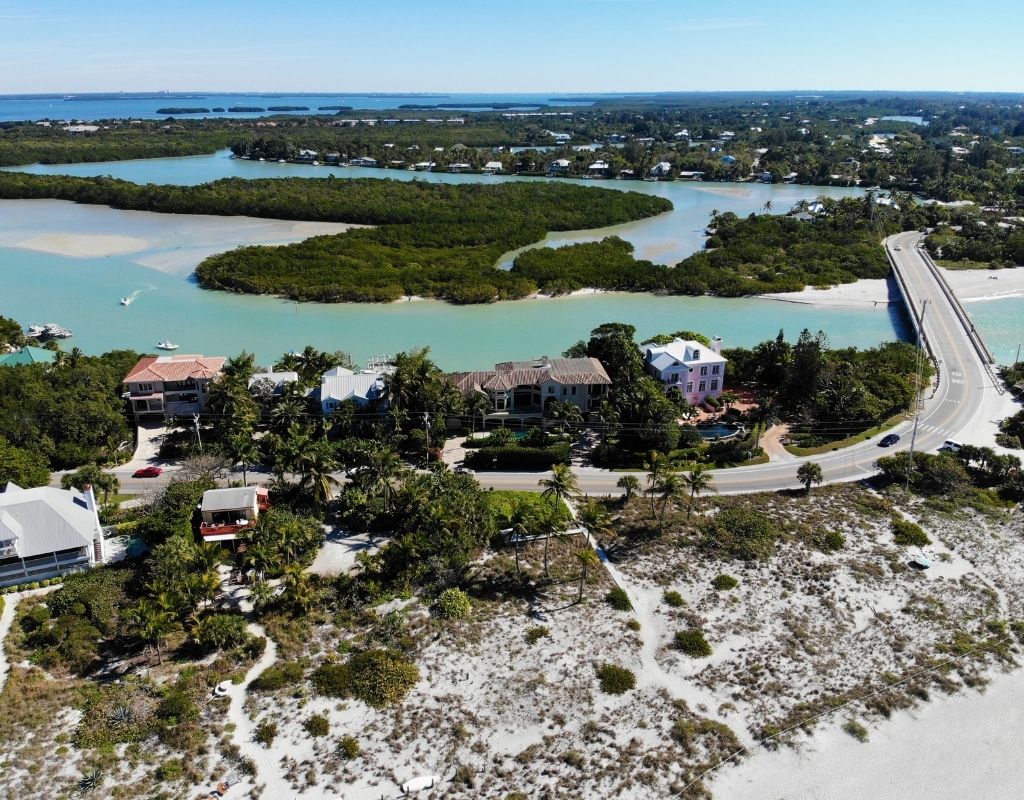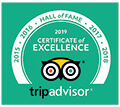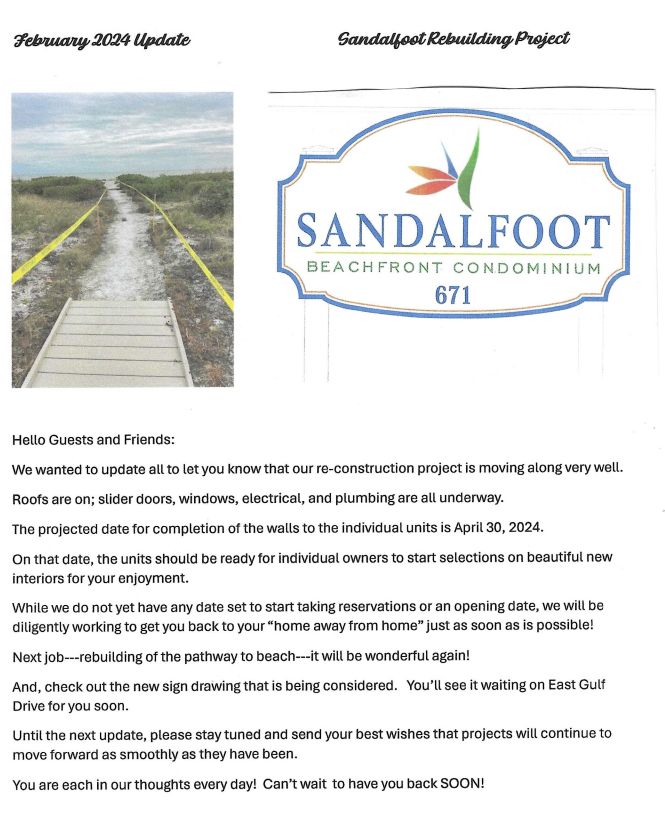Captiva
Captiva Chapel-By-The-Sea
Recognized in the National Register of Historic Places, Captiva Chapel-By-The-Sea was originally a schoolhouse constructed in 1903. During those school years, it was also used for religious services whenever a circuit preacher would be in the area. Today it is an interdenominational ministry serving during South West Florida’s winter season.
Worship services are held at 11:00 am every Sunday from mid-November through April. Visitors are welcome to stop by the chapel at any time of year.
Captiva Island Historical Society History Gallery
The Captiva Island Historical Society (CIHS) is committed to the gathering, preserving, interpreting, and sharing of Captiva Island history, while providing education about the remarkable people and events that have shaped its past.

Captiva Cruises
For 33 years, Captiva Cruises has been providing beach and shelling cruises, island hopping, dolphin adventures, and the most dazzling sunsets on the Gulf of Mexico to Southwest Florida visitors. They explore the islands of Cabbage Key, Useppa, Boca Grande, Cayo Costa, and Pine Island. Enjoy the natural beauty of these islands on a relaxing cruise.
Captiva Cruises is the Official State Park Concessionaire for Cayo Costa State Park, Gasparilla Island State Park, Don Pedro Island State Park, Stump Pass Beach State Park, and Jug Creek Cottages and oversees all transportation and concessions.
YOLO Watersports
YOLO Watersports has been in business since 1987 and brings fun and adventure to vacationers looking for some excitement. YOLO offers wave runner excursions and rentals, parasailing, and flyboarding.
YOLO also offers stand-up paddleboard rentals, Hobie Wave sailboats, surfboards, skimboards, bodyboards, banana boat rides, and GoPro camera rentals. YOLO has all the equipment for fun and sun at the beach.
Events Calendar
Off Island Attractions
Edison & Ford Winter Estates
Visitors to the Edison and Ford Winter Estates will enjoy more than 20 acres of historical buildings and gardens including the 1928 Edison Botanical Research Laboratory. Edison and Ford Estates is a National Register Historic Site and is one of the most visited historic home sites in the United States. Edison first came to southwest Florida in 1885 and purchased 13 acres along the Caloosahatchee River. The Edison family enjoyed wintering in Florida for six decades. In 1947, Edison’s wife Mina deeded the estate to the City of Fort Myers. Many of the home’s furnishings are original to the family.
In 1914, Henry and Clara Ford and their son Edsel visited Fort Myers at the invitation of Thomas Edison. They enjoyed the visit so much that two years later, Ford purchased the home adjacent to the Edison Winter Estate. The two-story riverfront home was built in the Craftsman architectural style. The Ford’s sold The Mangoes in 1945 to a private family, who then sold the estate to the City of Fort Myers in the late 1980s – the City has since opened it to the public.
IMAG History & Science Center
IMAG History & Science Center is a hands-on science and aquarium museum in Fort Myers. It combines the original Imaginarium which was science-based, with the original Southwest Florida Museum of History. Exhibits include dinosaurs and fossils, Calusa culture, live native and non-native small animals, aquariums and touch tanks, and interactive displays about the science and scientific topics including the weather. A new virtual-reality exhibit at IMAG lets visitors tour the 1856 fort that gave Fort Myers its name. More interactive virtual reality exhibits are being planned.
Fort Myers Country Club Golf Course
The Fort Myers Country Club Golf Course is located on the historic palm tree-lined McGregor Boulevard in the City of Fort Myers. Endearingly named “The Fort” by local residents, the beloved course opened for play in 1917. Designed in 1916 by the great Donald Ross, it is one of the oldest golf facilities on the west coast of Florida. Located only one mile south of the Edison/Ford Winter Estates, Mr. Edison and Mr. Ford frequently played the course during the 1920s. Transformed during a $5.8 million renovation project, the course now has elevated bunkers and greens, plus extensive modernized drainage, improved turf quality, and six added water hazards in the form of filter marshes and lakes.
Six Mile Cypress Slough Preserve
The Six Mile Cypress Slough contains over 3,500 acres of wetlands in Fort Myers that is approximately 11 miles long and about a third of a mile wide. It catches and filters rainwater bound for Estero Bay. A boardwalk trail allows visitors to explore the slough and an interpretive center talks about the otters, alligators, turtles, and wading birds that live in the Slough year-round. It is home to migratory birds and butterflies and became a preserve in 1970 because of its positive influences on the community and environment.
Lakes Regional Park
Lakes Park encompasses nearly 300 acres of beautiful nature trails, lakes, and gardens. There are two playgrounds and water parks, a miniature train ride and railroad museum, bikes and watercraft available for rental, a food concession, a fitness trail, and lots of picnicking areas. Every year over a million people enjoy Lakes Park’s natural beauty for exercise and family recreation.
Manatee Park
A unique park where visitors can view the endangered Florida Manatee in a non-captive, natural environment. The park features viewing areas, picnic shelters, heirloom varieties of native plants and butterfly gardens, kayak/canoe rentals, and a launch to the Orange River. The park is open year-round, although the best chance to see manatees is December through February when the Gulf temperatures are cooler.

Burroughs Home
This 6,000 square foot Fort Myers home was completed in 1901 in the style of Georgian Colonial Revival architecture. Nelson and Adeline Burroughs purchased the home in 1918. The Burroughs family, from Cherokee, Iowa and Chicago, Illinois, became popular Southwest Florida winter residents – known for their business acumen and their social events. When daughter Mona Burroughs Fischer died in 1978, she willed her home to the City stipulating that it be used as a park, library, or museum. The home was listed on the National Register of Historic Places in 1984 and as a local historic landmark in 1994.
JetBlue Park/Century Link Sports Complex
JetBlue Park is the winter home to the Boston Red Sox and is modeled on Fenway Park. It has many of the same characteristics as the northern ballpark, including a “Green Monster” that features seating both on top and behind the wall and a manual scoreboard. JetBlue Park and the surrounding complex capture elements that reflect its southwest Florida location.
The winter home for the Minnesota Twins is located at nearby Century Link Sports Complex. The complex is comprised of Hammond Stadium, five additional playing fields, as well as the Twins Player Development Academy. The main stadium was renamed Bill Hammond Stadium in honor of the Deputy County Manager who was instrumental in getting the complex built for the Twins.
Fort Myers Beach
Fort Myers Beach is a town on Estero Island, off the southwest Florida coast. A long, sandy beach faces the Gulf of Mexico. While it doesn’t have many seashells, it does have the Ostego Bay Marine Science Center which showcases local marine life. To the east, trails run through Matanzas Pass Preserve nature sanctuary. Bowditch Point Park at the north end of Fort Myers Beach is a nature preserve and recreation area. Access to a swimming beach is also located nearby. The town Fishing Pier is centrally located at the beach. Whether you prefer fishing, people-watching, photography, strolling, or relaxing in the sun, the Fort Myers Beach pier is a great day-trip destination. On your way there, do check out the Trico Shrimp Company (1300 Main Street and listed #1 of 25 things to do at Fort Myers Beach) and Doc Ford’s Rum Bar and Grill at 708 Fisherman’s Wharf. Nothing tastes better than dinner on the dock!
Mound House
The Mound House, located in Estero, is an active archeological dig site and a modern-day museum dedicated to the ancient Calusa Indians. Known as the “Shell Indians”, the Calusa forged tools and weapons from scavenged shells and then discarded them after they served their purpose. These shells amassed themselves into the 2,000-year-old Calusa Indian Shell Mound that Mound House is built on today. An exhibit, Stories Beneath Our Feet, is located underground, immersing guests in ancient Calusa life. A large cutaway of a shell mound features a mural of a Calusa village as it may have stood 2,000 years ago.









